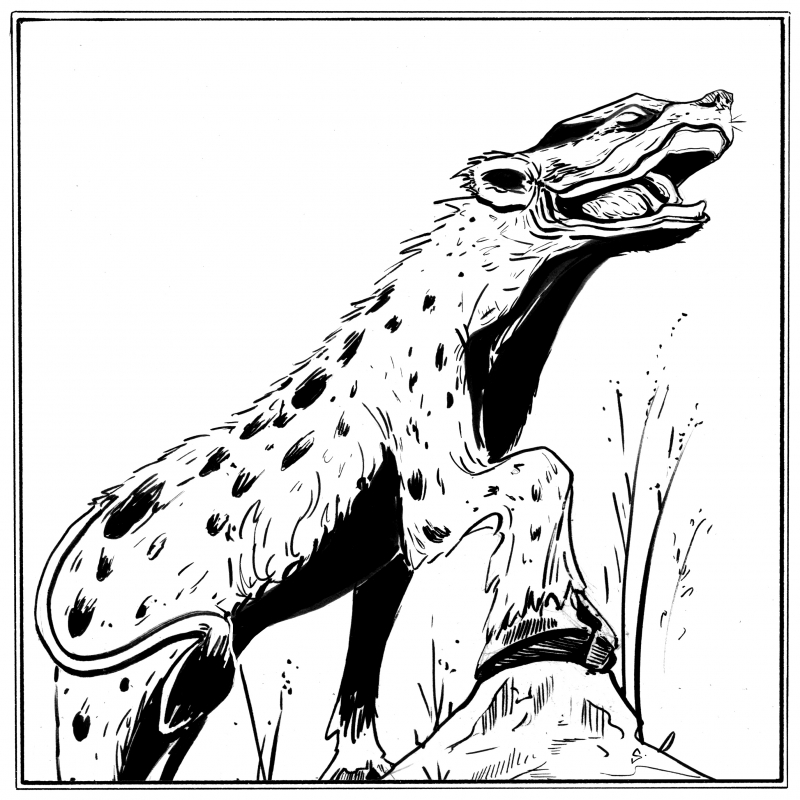Именем Уве Болла, призываем тебя, Странник, приди!
Bestiary.us
энциклопедия вымышленных существБыстрый переход
- Мифы Ктулху «Мифами Ктулху» обычно называют мифологию, созданную Говардом Филлипсом Лавкрафтом, а также произведения других авторов по мотивам его работ, выдержанные в его особом стиле.
- Рождественский бестиарий Портал посвящён существам и обычаям, относящимся к традиционным зимним праздникам, в центре которых находится Рождество. Подобно многим сверхъестественным существам этого периода, портал появляется в нашем мире только на время, с 5 декабря по 15 февраля.
- Мир Гарри Поттера Вымышленный мир, в котором происходит действие серии романов о юном волшебнике Гарри Поттере. Действие происходит в нашем мире, в Англии, в 1990-х годах. В отличие от реального мира, среди обычных людей (маглов) живут волшебники (маги), обладающие способностью к использованию магии.

